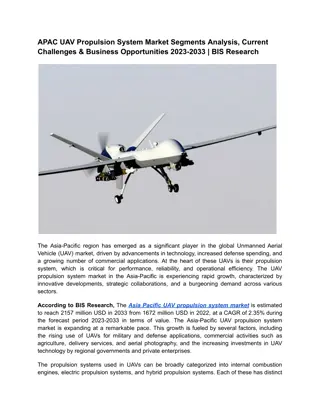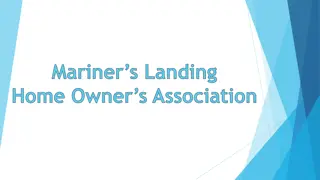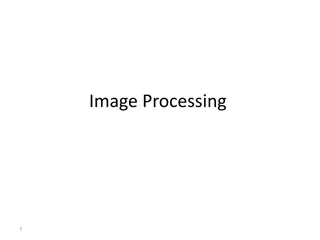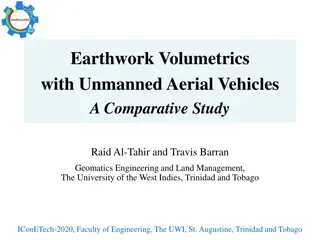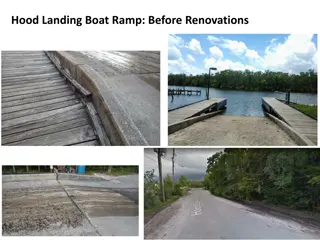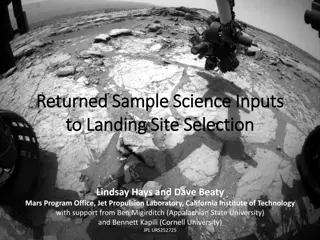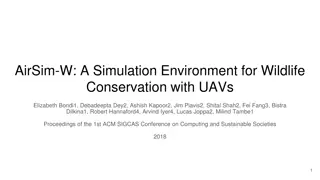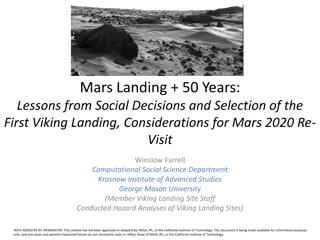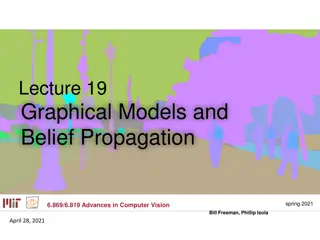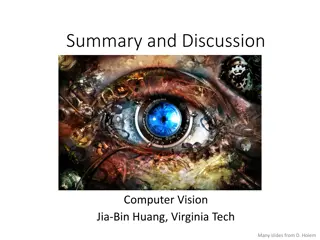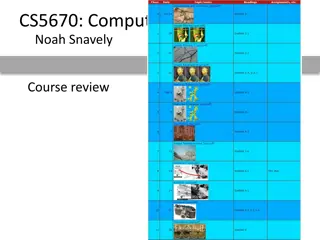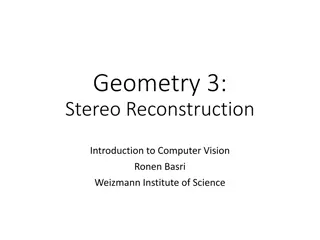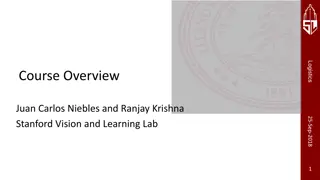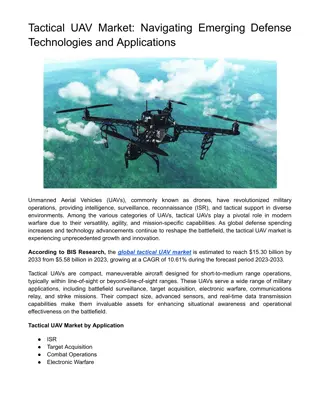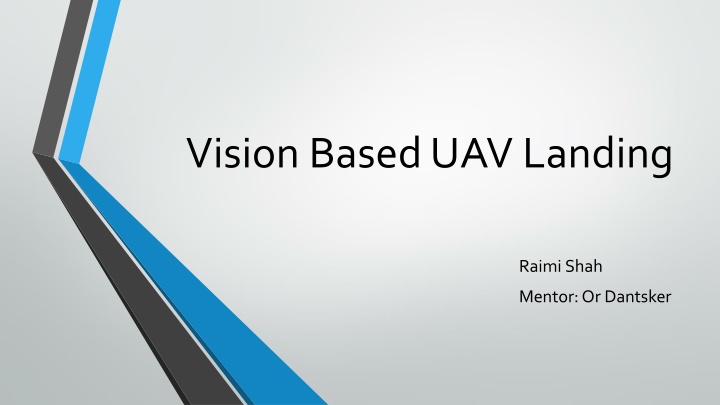
Utilizing Computer Vision for UAV Landing Efficiency
Developing a vision-based landing system for a solar-powered aircraft using computer vision techniques. The system aims to accurately detect and calculate the position of the aircraft relative to a landing net, optimizing energy consumption and enhancing landing precision. By integrating C++ code with OpenCV libraries, the project focuses on creating a robust autopilot system for safe and efficient landings.
Download Presentation

Please find below an Image/Link to download the presentation.
The content on the website is provided AS IS for your information and personal use only. It may not be sold, licensed, or shared on other websites without obtaining consent from the author. If you encounter any issues during the download, it is possible that the publisher has removed the file from their server.
You are allowed to download the files provided on this website for personal or commercial use, subject to the condition that they are used lawfully. All files are the property of their respective owners.
The content on the website is provided AS IS for your information and personal use only. It may not be sold, licensed, or shared on other websites without obtaining consent from the author.
E N D
Presentation Transcript
Vision Based UAV Landing Raimi Shah Mentor: Or Dantsker
Motivation Lab is developing solar powered aircraft Must maximize efficiency by minimizing energy consumption Aircraft has no landing gear less weight less drag less energy consumed Since aircraft is large and fragile, it cannot land using conventional means Will use a 15 x15 net to catch the aircraft Wingspan: 157.5 (4.00 m) Length: 70.0 (1.78 m) Weight: 4.4 lb (2.0 kg)
Overview Use computer vision to determine the aircraft s location relative to the landing net Write code in C++ using OpenCV libraries to detect the target frame and calculate the (x,y,z) distance Target frame will hold the net and be bright orange, making it easily distinguishable from the background Once distance can be accurately calculated, the code will be integrated into the UAV flight computer, providing the autopilot relative aircraft location during landing Will also profile GPU/CPU (frame rate vs power consumed)
Technique 1. Filter image and detect the target 2. Detect the target contours, producing target outline 3. Use the largest outline to represent the target 4. Use a data type RotatedRect to bound the contour, producing target information including: area, vertices, width and height 5. Compute distance to the target using: Distance = (actual Width x Focal Length ) / image Width 6. Compute x, y, z offset from the center of the target Once the camera is close enough that outer frame disappears, a smaller marker placed in the center will be tracked until a landing is completed Focal Length is pre-computed in camera pixels using a known distance
Goals Color calibration for object detection for orange frame 1. 2. Small scale model in lab Calculate distance to target in z-direction 3. 4. Frame rate profiling 5. Calculate distance to target in x- and y-directions 6. Process real-world video of the landing target to verify code 7. Create interface with flight control board 8. Deploy onto aircraft


